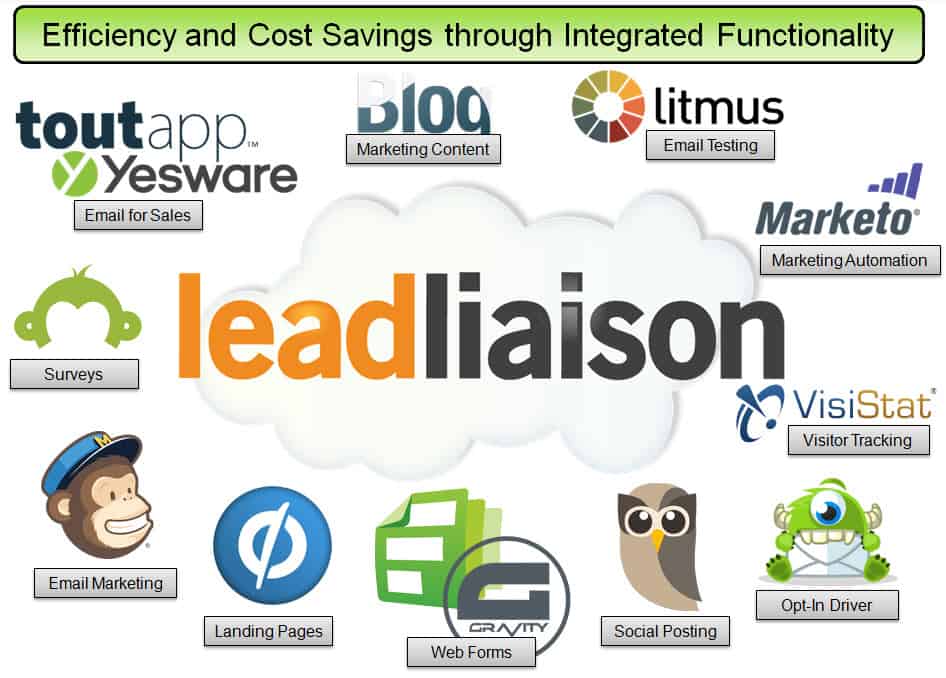Marketing Automation for Beginners
 Thinking about marketing automation for beginners? Are you a marketing automation newbie? Marketing is a fundamental operation of your small business: attracting new customers (as well as retaining current customers) is the key to profits and expanding success. Without marketing your business goes stale, contacts dry up, and your customers will look to your competitors to meet their needs. But many of the marketing tasks that you have can be automated and can guarantee positive results for your team and your bottom line.
Thinking about marketing automation for beginners? Are you a marketing automation newbie? Marketing is a fundamental operation of your small business: attracting new customers (as well as retaining current customers) is the key to profits and expanding success. Without marketing your business goes stale, contacts dry up, and your customers will look to your competitors to meet their needs. But many of the marketing tasks that you have can be automated and can guarantee positive results for your team and your bottom line.
Much of the marketing responsibilities you have are repetitive and wasteful activities that are simple tasks which can be easily, quickly, and affordably automated. Lead capturing, managing relationships with your customers, creating captivating and personalized content, and email campaigns can all be automated. It also gives you quick and easy ways to quantify the feedback received by your customers, allowing you to make adjustments as needed. Focusing on fine-tuning the marketing process while pushing your customers successfully through the sales funnel will be much easier once you automate your marketing.
When considering marketing automation for beginners, the easiest way to begin to automate your marketing is with automated follow up. Quite simply, when a potential customer expresses interest in your product, your marketing automation software triggers an email response – generally this will be a reply thanking them for their interest and welcoming them while giving them information about the product. If the customer has signed up for a freemium trial of a product that automated message will contain information regarding the trial period and what to expect after the trial expires. Automating the nurturing process can shorten the life cycle of your sales, which will unveil new opportunities for your sales team. Once your automation process is set up, it’s almost an entirely self-sustaining system but you can always make adjustments, add more features, and test new actions.
Marketing automation also gives you the opportunity to align your sales and marketing teams – which will save you money and resources – while strengthening both processes. This will create steady, predictable growth in your business while increasing efficiency. Moreover, you will get specific tools and help from your marketing automation provider who will become a legitimate partner in your success, enabling your small business to compete with larger companies.
Let Lead Liaison help you get started with marketing automation for your business. Click here to contact us.











